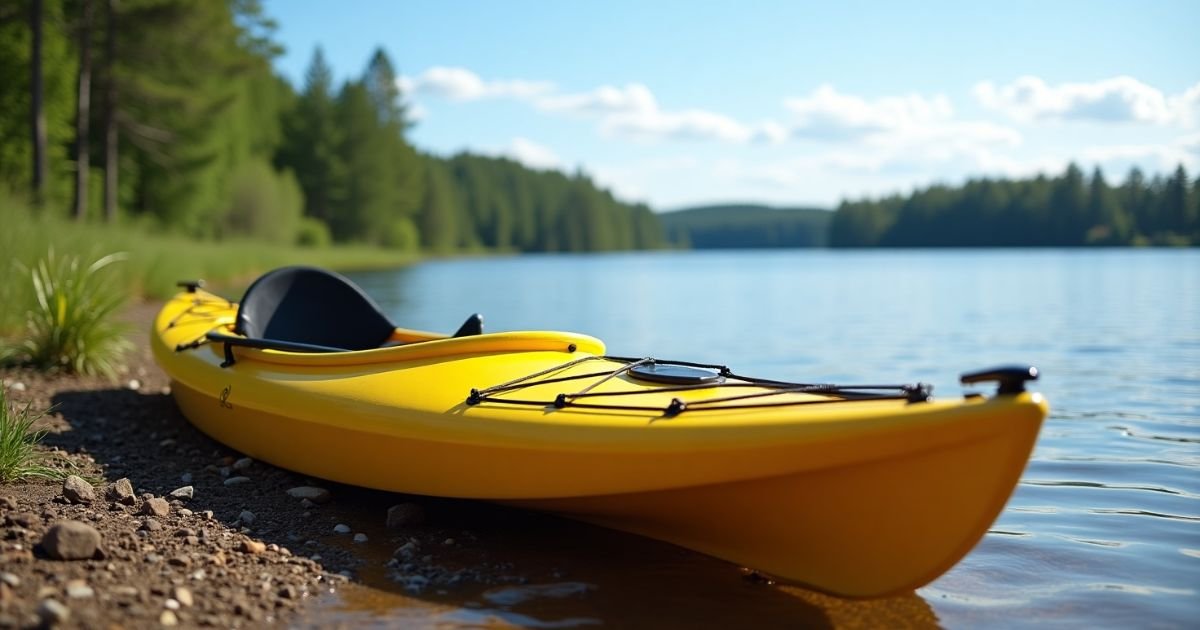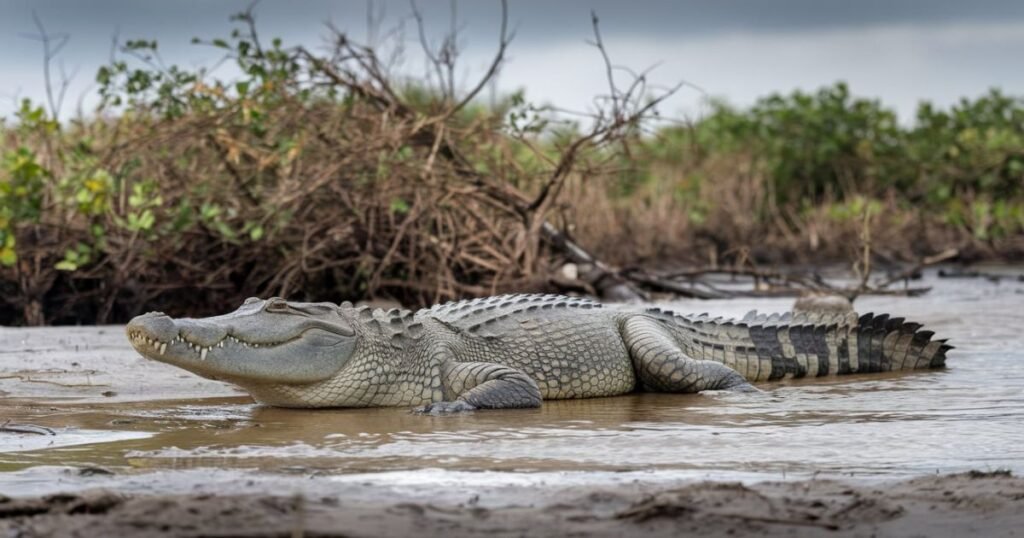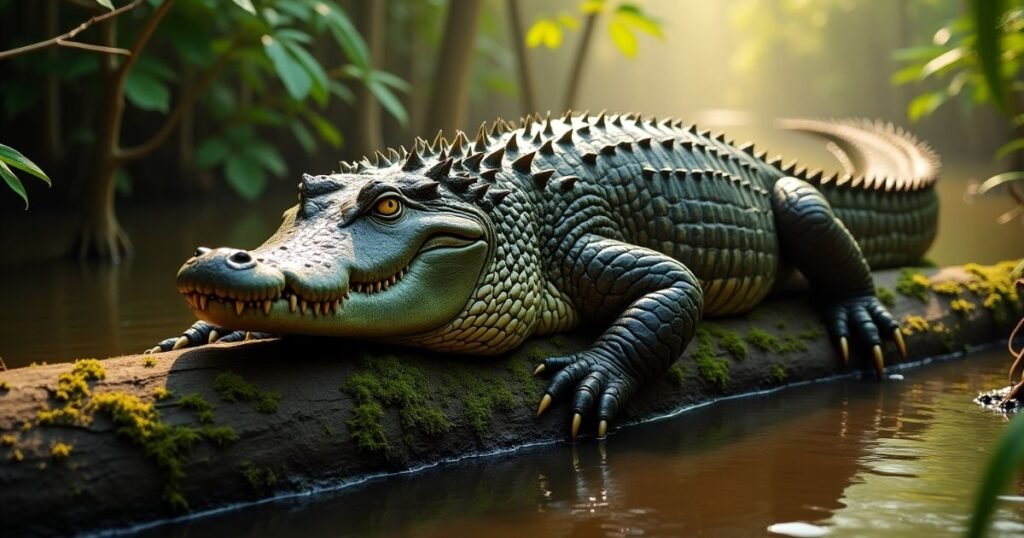Have you ever wondered just how long 10 feet really is? Whether you’re planning a home renovation project, trying to visualize a wildlife documentary description, or simply curious about dimensions in the world around us, understanding the 10-foot measurement can be surprisingly useful. From everyday objects to magnificent creatures, this length appears more frequently than you might think in both natural and human-made environments.
How Long is 10 Feet?
Ten feet equals approximately 3.05 meters or 120 inches. To put this in perspective, imagine two average-height adults standing on each other’s shoulders that’s roughly 10 feet! It’s also about the height of a standard basketball hoop (which sits at 10 feet above the ground), the width of a small bedroom, or the length of a compact car. This dimension represents a significant space in our daily lives, appearing in architecture, wildlife, sports equipment, and numerous other contexts where understanding proper scale matters.
Common Objects That Are 10 Feet Long
1. A Standard Kayak

Many recreational kayaks measure approximately 10 feet in length, making them perfect for beginners and casual paddlers alike. This length offers an ideal balance between maneuverability and stability, allowing paddlers to navigate various water conditions while maintaining control.
Kayaks in this size range are especially popular for recreational use on calm lakes and slow-moving rivers. The 10-foot length makes these watercraft lightweight enough for a single person to transport while providing sufficient space for the paddler and some essential gear. Most recreational 10-foot kayaks weigh between 35-50 pounds, making them manageable for solo adventurers.
An interesting fact about 10-foot kayaks is that they’re often considered the “golden middle” in the kayaking world long enough to track well through water but short enough to turn easily, making them perfect for beginners developing their paddling skills.
2. The Average Garden Trampoline
The standard backyard trampoline that brings joy to countless children measures about 10 feet in diameter. This size has become the sweet spot for residential use, offering enough bouncing space for multiple children while still fitting comfortably in many suburban backyards.
A 10-foot trampoline typically provides around 78 square feet of jumping surface, accommodating 1-2 jumpers safely. The circumference creates sufficient distance from the frame and springs, a crucial safety factor when children are bouncing energetically. For many families, this dimension represents the perfect compromise between jumping space and yard space conservation.
Safety experts note that the 10-foot size is particularly important because it provides enough distance from the center to the edge to reduce the risk of falls while jumping, especially when equipped with proper safety enclosures that add another 5-6 feet to the overall height.
3. A Full-Size Pool Table

Professional tournament pool tables measure 9 feet by 4.5 feet, but many commercial pool tables found in bars and recreation centers measure 10 feet by 5 feet. This larger size provides extra playing space and requires greater precision in shots.
This dimension has historical significance the 10-foot table was once considered the standard for high-level play in certain regions and still remains popular in some international competitions. The extra length makes position play more challenging and rewards skilled players who can execute precise shots.
Pool enthusiasts might be surprised to learn that a 10-foot table requires a room of at least 19.5 feet by 14.5 feet to accommodate comfortable play with full-length cue strokes, making it a significant consideration for home game room planning.
4. A Row Boat
Traditional wooden rowboats often measure around 10 feet from bow to stern. This length provides enough room for 2-3 passengers while remaining lightweight enough for a single person to row effectively.
A 10-foot rowboat typically weighs between 80-120 pounds depending on the construction materials and can support approximately 400-500 pounds of total weight, including passengers and gear. The beam (width) usually measures about 3-4 feet, creating a stable platform for fishing or leisure rowing on calm waters.
These boats have historical significance dating back centuries the 10-foot design represents a time-tested balance between capacity, portability, and efficiency that has changed remarkably little despite advances in boat-building technology. Some wooden rowboats built in this traditional 10-foot length are still handcrafted using techniques passed down through generations of boat builders.
5. Some Interior Walls

Many standard interior walls in residential homes measure approximately 10 feet in height, particularly in homes with 9-foot ceilings plus the additional height for structural elements above the ceiling line.
This dimension became increasingly popular in new construction during the early 2000s as homeowners sought more spacious, airy interiors. The extra wall height allows for taller windows, more imposing doorways, and greater overall sense of space compared to the previous standard of 8-foot ceilings.
Architects note that 10-foot walls create better proportions in larger rooms and allow for interesting design elements like elevated tray ceilings, grand entryways, and more impressive crown molding details that wouldn’t be as effective in spaces with standard 8-foot walls.
Animals That Measure About 10 Feet
6. The Saltwater Crocodile

The saltwater crocodile, the largest living reptile species, commonly reaches lengths of 10 feet during adulthood. These massive predators inhabit the coastal regions, wetlands, and river systems of Southeast Asia, Northern Australia, and the surrounding islands.
A 10-foot saltwater crocodile typically weighs between 450-700 pounds, possessing incredible bite force measured at over 3,700 pounds per square inch, the strongest bite of any animal alive today. Males generally grow larger than females, with exceptional specimens reaching up to 20 feet, though 10 feet represents a more common adult size.
What makes the 10-foot length particularly significant for these reptiles is that it marks the transition point where they become apex predators capable of taking down large prey, including wild boars, deer, and occasionally humans. Conservation studies indicate that saltwater crocodiles reach this length at approximately 10-12 years of age, representing their entry into full maturity.
7. The Great White Shark
While mature great white sharks can grow much larger, many juvenile great whites measure around 10 feet in length. At this size, these marine predators have already developed their hunting skills but haven’t yet reached their full growth potential.
A 10-foot great white typically weighs approximately 800-1,200 pounds and can swim at speeds up to 35 miles per hour in short bursts. This size represents a critical developmental stage in their life cycle, as they begin transitioning from feeding primarily on smaller marine mammals and fish to larger prey.
Marine biologists have discovered that great whites at the 10-foot length mark are often around 5-7 years old and have just begun to develop the hunting strategies they’ll use throughout adulthood. Interestingly, at this size, they’re already equipped with approximately 300 serrated, triangular teeth arranged in several rows.
8. The Green Anaconda

The green anaconda, one of the world’s largest snake species, commonly reaches lengths of around 10 feet, though exceptional specimens can grow significantly longer. These massive constrictors inhabit the swamps, marshes, and slow-moving streams of South America’s Amazon and Orinoco basins.
A 10-foot green anaconda typically weighs between 30-70 pounds, with females generally growing larger than males. Their bodies can measure 12 inches in diameter, giving them an imposing presence in their native habitats. What makes this length particularly significant is that it represents the size at which these snakes become capable breeders, typically reaching this milestone at 3-5 years of age.
Herpetologists have observed that 10-foot anacondas can already constrict prey as large as capybaras and young caimans, exerting pressure equivalent to being pinned beneath a compact car. Unlike many other snake species, anacondas continue growing throughout their lives, though their growth rate slows considerably after reaching sexual maturity.
9. The Giant Pacific Octopus
When measuring arm span, the Giant Pacific Octopus regularly reaches 10 feet from the tip of one arm to another, making it the largest octopus species in the world. These remarkable cephalopods inhabit the coastal waters of the North Pacific Ocean, from Japan to California.
A Giant Pacific Octopus with a 10-foot arm span typically has a central body (mantle) size of about 16 inches and weighs between 50-90 pounds. Despite their impressive size, these intelligent creatures can compress their boneless bodies to fit through openings as small as a lemon roughly 4 inches in diameter.
Marine biologists have documented that octopuses at this size possess approximately 2,000 suction cups across their eight arms, each capable of independent movement and sensing. Each suction cup contains thousands of chemical receptors, essentially allowing the octopus to “taste” what it touches. Perhaps most remarkable is that a 10-foot Giant Pacific Octopus has a brain containing around 500 million neurons comparable to a dog enabling complex problem-solving abilities rarely seen in invertebrates.
| Category | Item | Typical Weight | Notable Feature |
|---|---|---|---|
| Recreation | Standard Kayak | 35-50 pounds | Ideal balance of stability and maneuverability |
| Home | Garden Trampoline | 150-200 pounds | 78 square feet of jumping surface |
| Sports | Full-Size Pool Table | 700-900 pounds | Requires a room of at least 19.5 × 14.5 feet |
| Water Transport | Row Boat | 80-120 pounds | Supports 400-500 pounds total weight |
| Animals | Saltwater Crocodile | 450-700 pounds | Bite force of 3,700+ PSI |
| Animals | Juvenile Great White Shark | 800-1,200 pounds | Can swim up to 35 mph in short bursts |
10. The Giraffe’s Neck

While the entire giraffe stands much taller, the neck alone of an adult giraffe measures approximately 10 feet in length. This remarkable adaptation allows these mammals to browse on vegetation unavailable to other herbivores.
A giraffe’s 10-foot neck contains only seven vertebrae the same number found in humans and most other mammals but each vertebra can measure up to 10 inches long. This neck supports a head that weighs around 25 pounds and contains a complex cardiovascular system with specialized valves to manage blood pressure during the extreme height changes when the animal lowers its head to drink.
Zoologists have discovered that the 10-foot neck evolved not just for feeding at heights, as commonly believed, but also plays a crucial role in sexual selection. Male giraffes engage in “necking” contests, using their long necks as weapons to establish dominance, with the length and strength of the neck often determining mating success.
11. The Komodo Dragon
The largest lizard in the world, the Komodo dragon, can reach lengths of approximately 10 feet from snout to tail. These formidable reptiles are found only on a handful of Indonesian islands, primarily Komodo, Rinca, Flores, and Gili Motang.
A 10-foot Komodo dragon typically weighs between 150-200 pounds and can run at speeds up to 12 miles per hour in short bursts. Their massive size represents the pinnacle of island gigantism, an evolutionary phenomenon where species isolated on islands grow much larger than their mainland relatives.
Herpetologists have documented that Komodo dragons of this size possess approximately 60 serrated teeth that continually regrow throughout their lifetime, similar to sharks. Perhaps their most fascinating adaptation is their venomous bite research published in 2009 revealed that their oral glands secrete anticoagulant venom that prevents blood clotting and induces shock in prey animals, debunking the long-held belief that their deadly bite relied solely on bacteria.
12. A Full-Grown American Alligator

Male American alligators commonly reach lengths of 10 feet, representing a mature adult specimen. These reptiles inhabit the freshwater wetlands, rivers, lakes, and swamps throughout the southeastern United States, with the largest populations found in Florida and Louisiana.
A 10-foot American alligator typically weighs between 300-500 pounds and possesses between 74-80 teeth at any given time, which are continuously replaced throughout their 50+ year lifespan. This size represents a significant milestone in their development, typically reached after 15-20 years of growth.
Wildlife researchers have discovered that alligators at this length play crucial roles in their ecosystems by creating “alligator holes” depressions that retain water during dry periods and provide habitat for numerous other species. Interestingly, despite their fearsome reputation, fatal alligator attacks on humans are exceedingly rare, with only about 24 documented fatal attacks in the United States since 1928.
How to Visualize and Measure 10 Feet Without Tools
Using Your Body as a Measuring Tool
One of the most practical ways to estimate 10 feet without a measuring tape is to use your own height. The average adult man stands about 5’9″ (5.75 feet), while the average adult woman is about 5’4″ (5.33 feet). This means:
- For men of average height: 10 feet is approximately 1.75 times your height
- For women of average height: 10 feet is approximately 1.9 times your height
Another useful body-based measurement is your arm span (fingertip to fingertip with arms outstretched), which is roughly equal to your height for most people. Two arm spans would therefore approximate 10 feet quite accurately.
Using Common Household Items
Several everyday items can help you visualize or approximate 10 feet:
- Five standard 2-foot rulers placed end-to-end
- Two and a half standard doorways (average interior doorway is 80 inches or about 6.7 feet tall)
- The length of approximately three large sofa cushions
- A little less than the width of a standard two-car garage door (typically 16 feet)
- The length of two standard king-size mattresses (76 inches or 6.3 feet each)
Practical Applications of Understanding 10-Foot Measurements
Home Improvement and Decorating
Knowing what 10 feet looks like helps tremendously with:
- Furniture arrangement: Understanding if a sofa will fit along a particular wall
- Room painting projects: Calculating paint quantities (a 10×10 foot wall equals 100 square feet)
- Flooring installation: Estimating materials (a 10×10 foot room requires 100 square feet of flooring)
- Hanging curtains: Determining if ready-made curtains will work for your windows
- Garden planning: Visualizing plant spacing and garden bed dimensions
Outdoor Activities
The 10-foot measurement is particularly useful for:
- Setting up properly-sized tents (many family camping tents are 10×10 feet)
- Estimating safe distances from wildlife (park rangers often recommend staying at least 10 feet from certain animals)
- Calculating swimming distances in pools (many backyard pools are approximately 10 feet wide)
- Judging casting distances for fishing
Conclusion
From the majestic neck of a giraffe to the practical dimensions of a kayak, the 10-foot measurement appears repeatedly throughout our natural and built environments. Understanding this dimension helps us better comprehend the world around us, from appreciating the impressive size of creatures we might encounter to making practical decisions about our living spaces.
The next time you’re watching a nature documentary featuring a saltwater crocodile or shopping for a backyard trampoline, you’ll have a clearer mental image of just how substantial or perhaps surprisingly compact 10 feet really is. This awareness enhances our spatial reasoning and provides a useful reference point for countless everyday situations.
As a final thought, try this simple exercise: look around your current environment and see if you can identify something close to 10 feet in length. Whether it’s the width of your living room, the length of your garden, or the distance between two trees in your yard, you might be surprised to discover just how commonly this dimension appears in your daily life.
Read Also :
13 Common Things That Are 2 Inches Long/Big

I’m Ryan Miles, and I love making measurements simple. My site helps you find real-life examples of sizes, from 2 inches to 8 inches and beyond!

